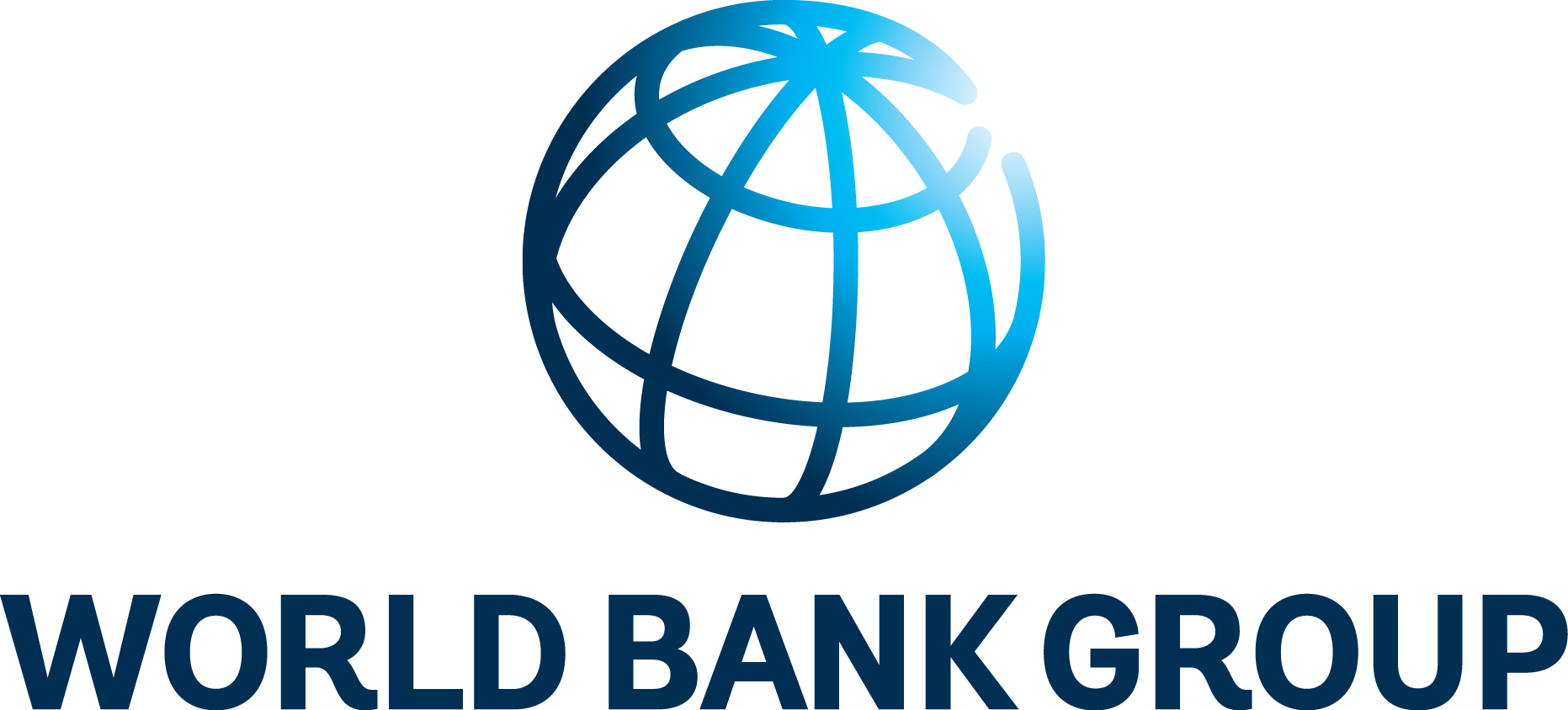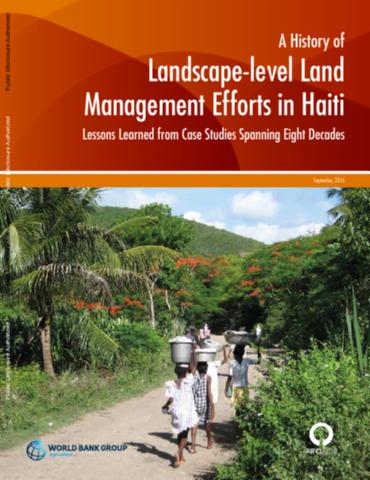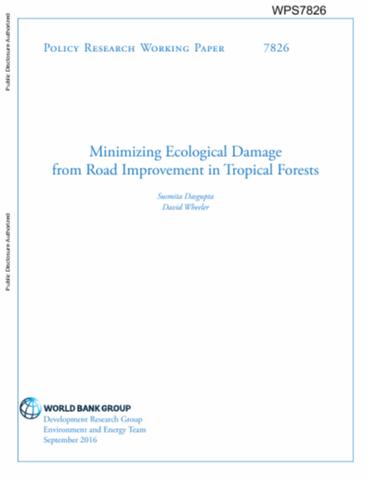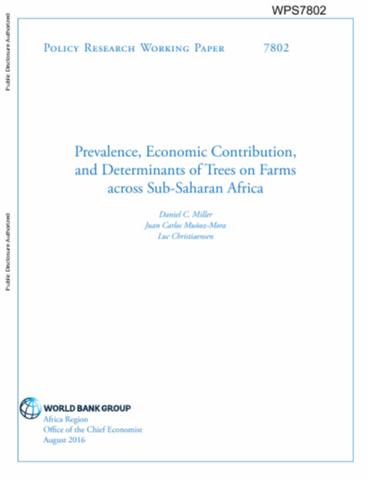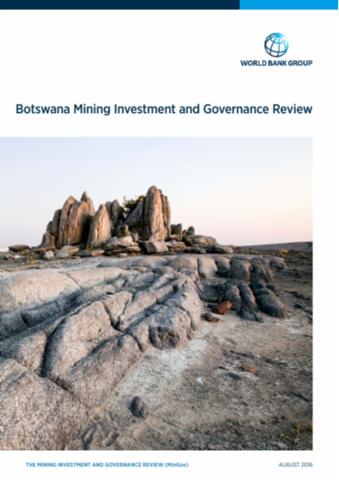The World Bank is a vital source of financial and technical assistance to developing countries around the world. We are not a bank in the ordinary sense but a unique partnership to reduce poverty and support development. The World Bank Group has two ambitious goals: End extreme poverty within a generation and boost shared prosperity.
- To end extreme poverty, the Bank's goal is to decrease the percentage of people living on less than $1.25 a day to no more than 3% by 2030.
- To promote shared prosperity, the goal is to promote income growth of the bottom 40% of the population in each country.
The World Bank Group comprises five institutions managed by their member countries.
The World Bank Group and Land: Working to protect the rights of existing land users and to help secure benefits for smallholder farmers
The World Bank (IBRD and IDA) interacts primarily with governments to increase agricultural productivity, strengthen land tenure policies and improve land governance. More than 90% of the World Bank’s agriculture portfolio focuses on the productivity and access to markets by small holder farmers. Ten percent of our projects focus on the governance of land tenure.
Similarly, investments by the International Finance Corporation (IFC), the World Bank Group’s private sector arm, including those in larger scale enterprises, overwhelmingly support smallholder farmers through improved access to finance, inputs and markets, and as direct suppliers. IFC invests in environmentally and socially sustainable private enterprises in all parts of the value chain (inputs such as irrigation and fertilizers, primary production, processing, transport and storage, traders, and risk management facilities including weather/crop insurance, warehouse financing, etc
For more information, visit the World Bank Group and land and food security (https://www.worldbank.org/en/topic/agriculture/brief/land-and-food-security1
Resources
Displaying 246 - 250 of 4907A History of Landscape-Level Land Management Efforts in Haiti
Section one of this report opens with a brief environmental history of Haiti, followed by an analysis of the current state of environmental conditions, and closes with an examination of contemporary human and landscape vulnerabilities to acute and chronic environmental degradation and extreme climatic events. Section two of the report provides a brief summary of 15 regional or national landscape-level land management projects enacted in Haiti since the middle of the 20th century.
Minimizing Ecological Damage from Road Improvement in Tropical Forests
A spatial econometric model is used to link road upgrading to forest clearing and biodiversity loss in the moist tropical forests of Bolivia, Cameroon, and Myanmar. Using 250-meter cells, the model estimates the relationship between the rate of forest clearing in a cell and its distance to the urban market, with explicit attention given to road quality and simultaneity, terrain elevation and slope, the agricultural opportunity value of the land, and its legal protection status.
Improving land governance – for the sake of the rural poor
Land and associated property is a major source of individuals’ identity and livelihood. The way in which land rights are assigned and can be used is a key determinant of equality of opportunity, environmental sustainability, social/economic transformation, and the ease and extent of public service provision. This article discusses why land rights are important but often only weakly protected and describes how recent technological developments make public efforts to secure such rights much easier – with tangible impacts for rural development.
Prevalence, Economic Contribution, and Determinants of Trees on Farms across Sub-Saharan Africa
Trees on farms are often overlooked in agricultural and natural resource research and policy in Sub-Saharan Africa. This paper addresses this gap using data from the Living Standards Measurement Study–Integrated Surveys on Agriculture in five countries: Ethiopia, Malawi, Nigeria, Tanzania, and Uganda. Trees on farms are widespread. On average, one third of rural smallholders grow trees. They account for an average of 17 percent of total annual gross income for tree-growing households and 6 percent for all rural households.
Botswana Mining Investment and Governance Review
The Botswana Mining Investment and Governance Review (MInGov) collects and shares information on mining sector governance, its attractiveness to investors and how its activities affect national development. It reviews sector performance from the perspective of three main stakeholder groups – government, investors in the mining value chain and civil society – and identifies gaps between declared and actual government policy and practice.

